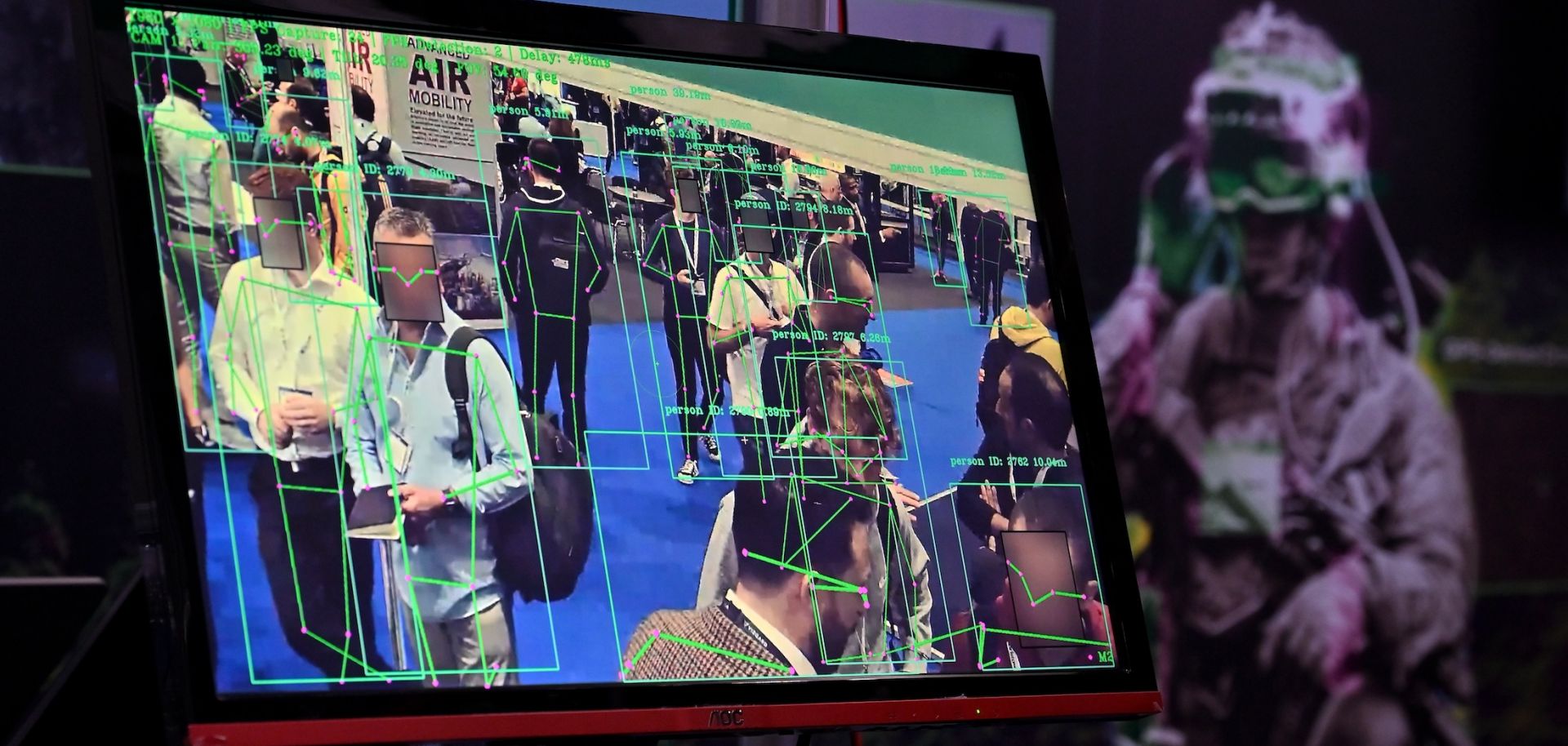The development of autonomous military AI systems will primarily be driven by global powers, especially those that are willing and able to test such systems in warzones around the world, which will initially reduce the technology's application for smaller, less-resourced countries. Since Russia launched its invasion in February 2022, Ukraine has become a testing field for various autonomous military AI applications. This resulted from a combination of efforts from Western companies bolstering aid in support of Kyiv and the fact that Ukraine's battleground provides access to prime military data to better train systems. Among these are U.S. and European companies focused on autonomous drones, along with more specialized companies analyzing battlefield data for military decision-making, facial recognition and other applications. Russia, which does not have an advanced AI industry, has allegedly deployed AI-powered drones in Ukraine, but a lot of ambiguity exists surrounding Russia's actual capabilities in AI weaponry....

